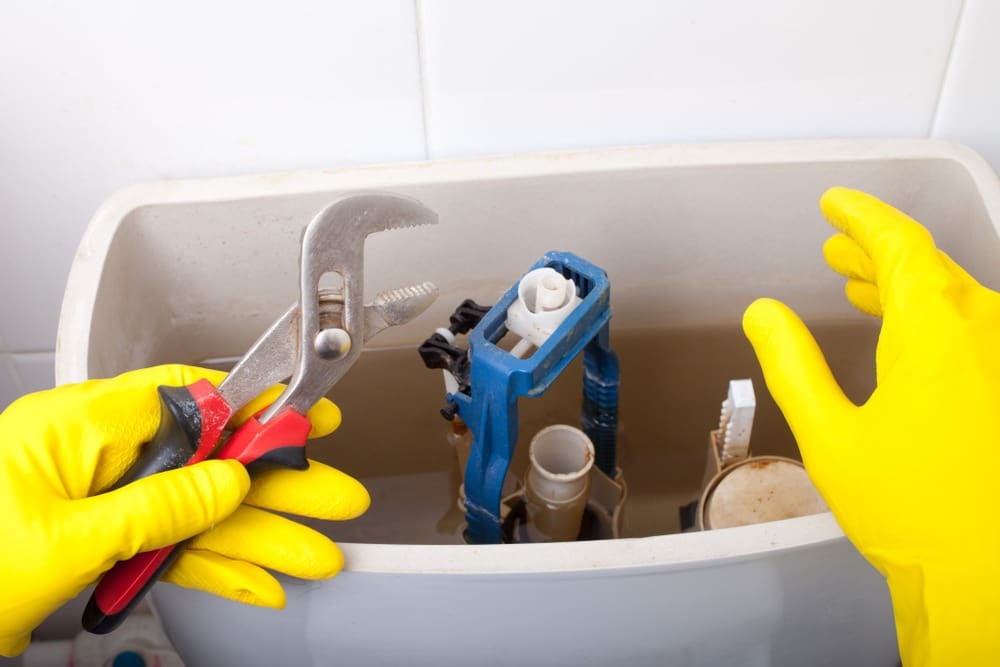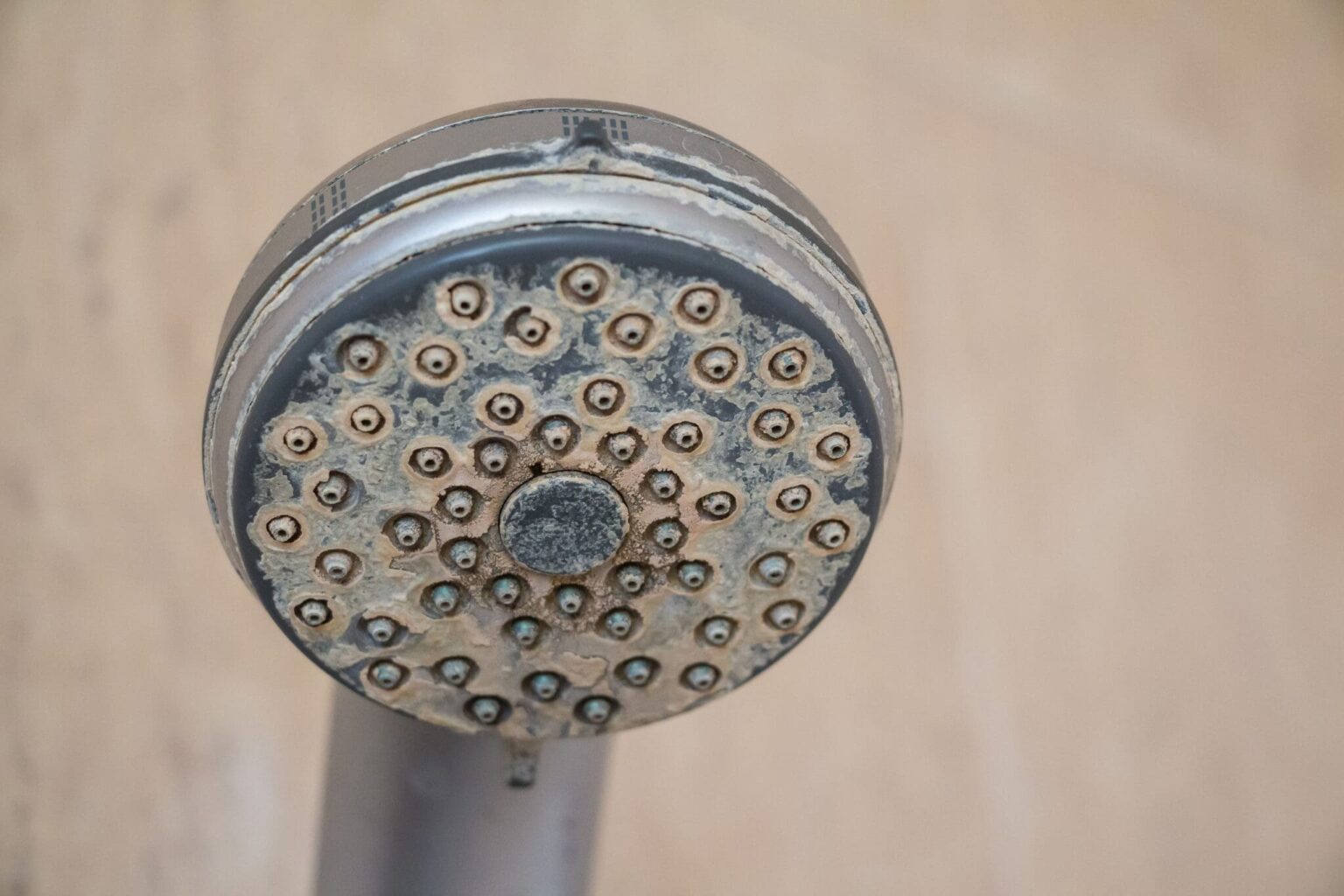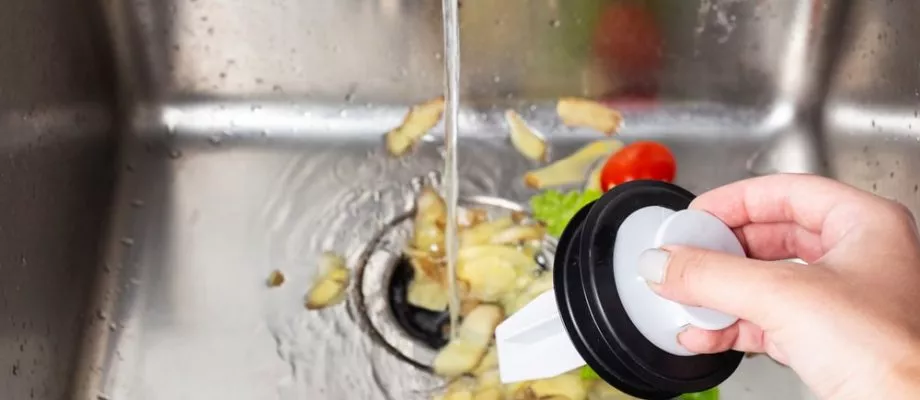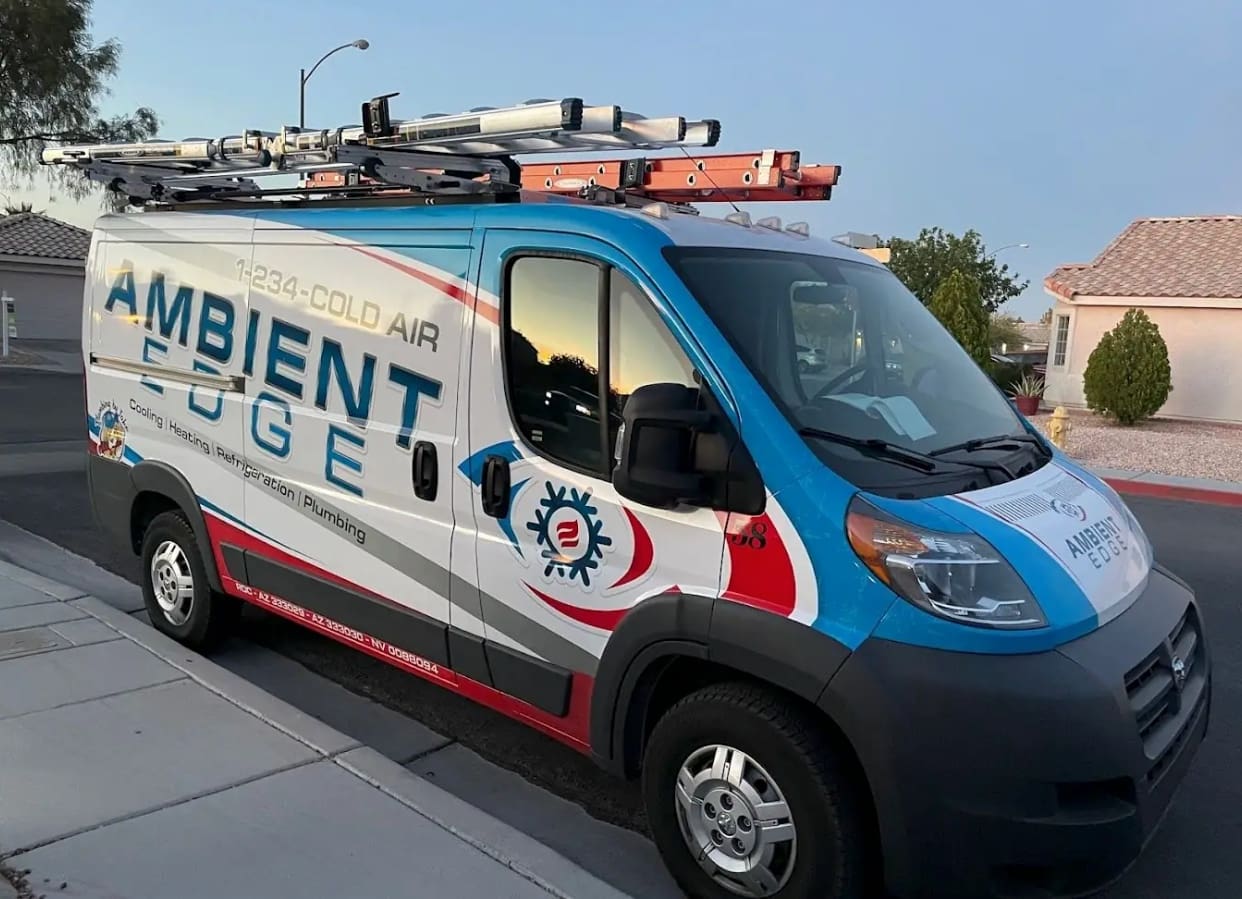Carbon monoxide is one of the most deadly chemicals humans can encounter. Even small amounts of carbon monoxide can be life-threatening. Many people assume they can protect themselves and their families from carbon monoxide poisoning by installing carbon monoxide detectors and through odors.
However, carbon monoxide does not have any smell that can be detected. Here is more about what carbon monoxide is, how it can enter the home, and the steps you can take to protect your home and your family from this dangerous chemical.
What Is Carbon Monoxide?
Carbon monoxide (CO) is a chemical that is created when certain fuels combust, such as:
- Charcoal
- Gasoline
- Propane
- Wood
As the gas is released during combustion, carbon monoxide and other emissions, including smoke and carbon dioxide, are formed. Typically, heating systems, fireplaces, and other appliances should vent carbon monoxide outdoors.
Unfortunately, when there is a malfunction in the system, carbon monoxide can leak inside. Carbon monoxide poisoning can be deadly if your family sleeps near a leaking furnace or the leak is big enough to affect your entire house.
Will Carbon Monoxide Smell Like Rotten Eggs?
Unfortunately, carbon monoxide does not smell like rotten eggs. It would be much easier to keep yourself and your family safe if this was the case. However, that rotten egg smell you are thinking of actually comes from the smell of natural gas leaking.
Carbon monoxide is much more dangerous, as it is not only colorless but odorless as well. This makes it difficult, if not impossible, to recognize carbon monoxide leaks until your carbon monoxide detectors go off or your family becomes ill.
If you hope to keep your family safe, finding and identifying all potential sources of carbon monoxide within your home is essential. This way, you can install carbon monoxide detectors at appropriate locations, reducing the likelihood of severe injury or death.
If you do smell a rotten egg odor within your home, it is vital to contact your local fire department or the gas company. This is particularly important if you cannot identify the source of the natural gas leak.
Symptoms of Carbon Monoxide Poisoning
Although carbon monoxide does not have an odor or color, there are specific ways you can tell if your loved ones may have been exposed to carbon monoxide and are suffering from CO poisoning. Some of the most common signs of carbon monoxide poisoning include:
- Vomiting
- Dizziness
- Shortness of breath
- Nausea
- Loss of consciousness
- Fatigue
- Headache
- Blurred vision
- Death
Those who are asleep when a carbon monoxide leak occurs are unlikely to wake up from the previously mentioned symptoms. This means the risk of death is far greater if carbon monoxide leaks occur at night and your home does not have high-quality carbon monoxide detectors placed strategically throughout the residence.
How to Detect Carbon Monoxide
One of the biggest challenges of carbon monoxide is how difficult it is to monitor. It is not unusual for carbon monoxide detectors to go off when the batteries are low, or the system needs to be replaced. Although imperfect, carbon monoxide detectors are the best way to protect your family from the presence of CO, as it is odorless, tasteless, and colorless.
Without a carbon monoxide detector, there is no way to detect this dangerous chemical. If your home has old or malfunctioning CO detectors, it may be well advised to get new ones installed and placed appropriately throughout your home. It would be best if you also planned to have a professional come in for routine maintenance on your carbon monoxide detectors and heating and ventilation systems to protect yourself further, your family, and your home.
How Carbon Monoxide Gets in Your Home
Many people wonder how they can protect themselves from carbon monoxide leaks. Unfortunately, since there are multiple combustive elements within the home, carbon monoxide can occur from leaks in many locations, including:
- Water heaters
- Gas furnaces
- Wood stoves
- Stoves
- Dryers
- Fireplaces
- Heating oil-fired furnaces
- Natural gas furnaces
- Propane furnaces
- Fireplace chimneys
- Gas water heaters
- Your vehicle’s automotive exhaust
The best way to reduce your risk of carbon monoxide from these sources is to ensure the proper placement of carbon monoxide detectors throughout your home. Not only should you have a CO detector on each floor of your house, but they should be installed at least 5 feet above the floor, as carbon monoxide generally gathers near the ceiling.
Make sure to have your maintenance professionals install CO detectors at least 10 feet away from wood or gas-fired appliances, but always in the same room as them. You can also protect your family and home by only using gas-powered tools and generators in highly ventilated areas or outdoors and never using gas or kerosene space heaters during power outages.
What to Do if Your Carbon Monoxide Detectors Go Off
If your carbon monoxide detectors go off, the first thing to do is see if other detectors in your home are also going off. Generally, CO detectors are connected, so if one goes off, they should all be going off.
If only one of your carbon monoxide detectors is alerting you, chances are, there may be a problem with the system. However, it is better to be safe than sorry when it comes to carbon monoxide poisoning.
If your CO detectors go off, you should contact 911 and your emergency HVAC provider for a home inspection. It would be best if you were prepared to leave home temporarily until you know it is safe for your family to do so.
Protect Your Family and Home from Carbon Monoxide with Ambient Edge
By ensuring your heating and air conditioning systems are in proper working order, you could protect your home and your family from the harmful effects of carbon monoxide poisoning.
Get your heating and ventilation system analyzed as soon as today when you contact our licensed HVAC technicians at Ambient Edge for an appointment. You can complete our online contact form or call us to get started today.





